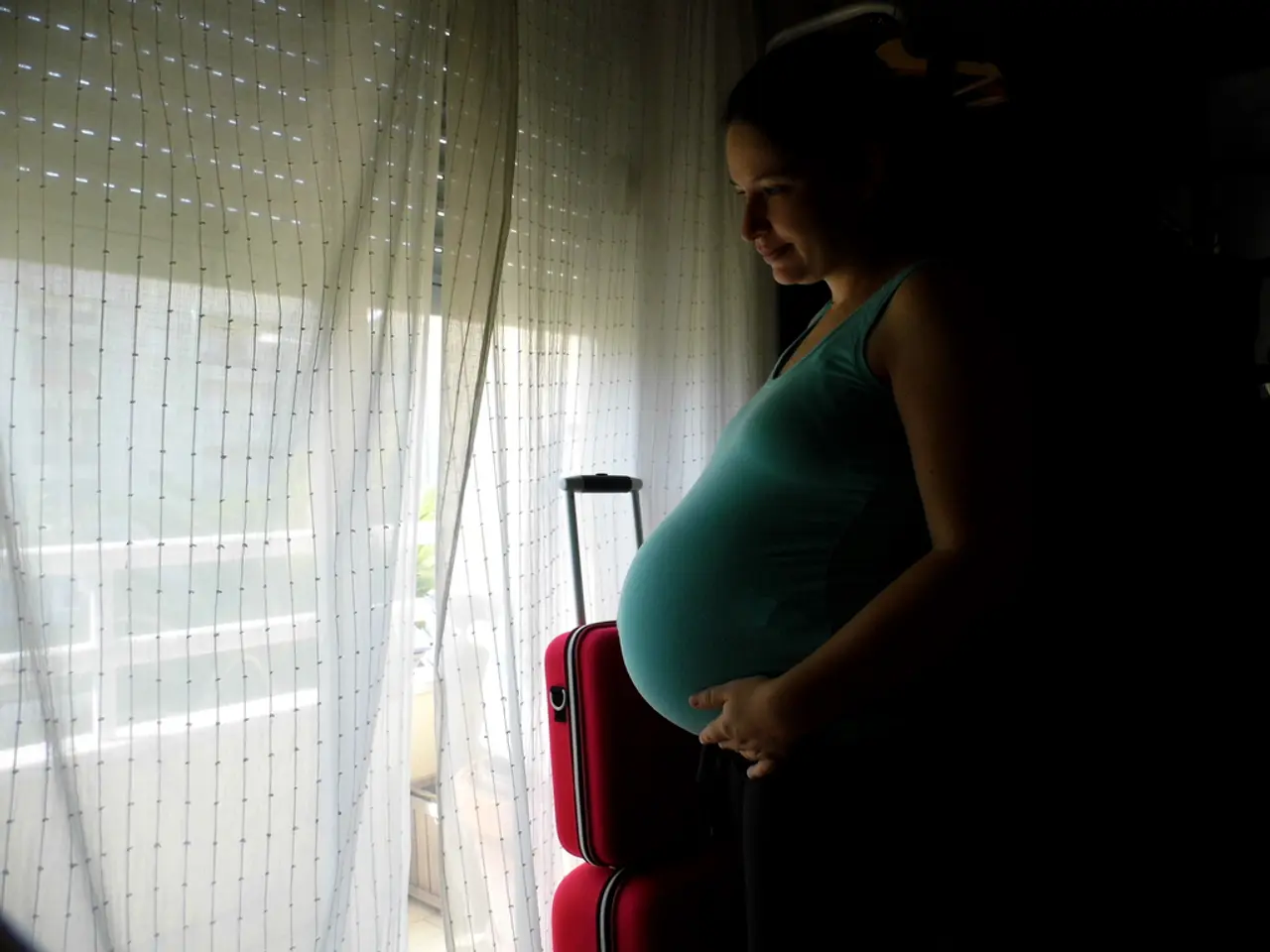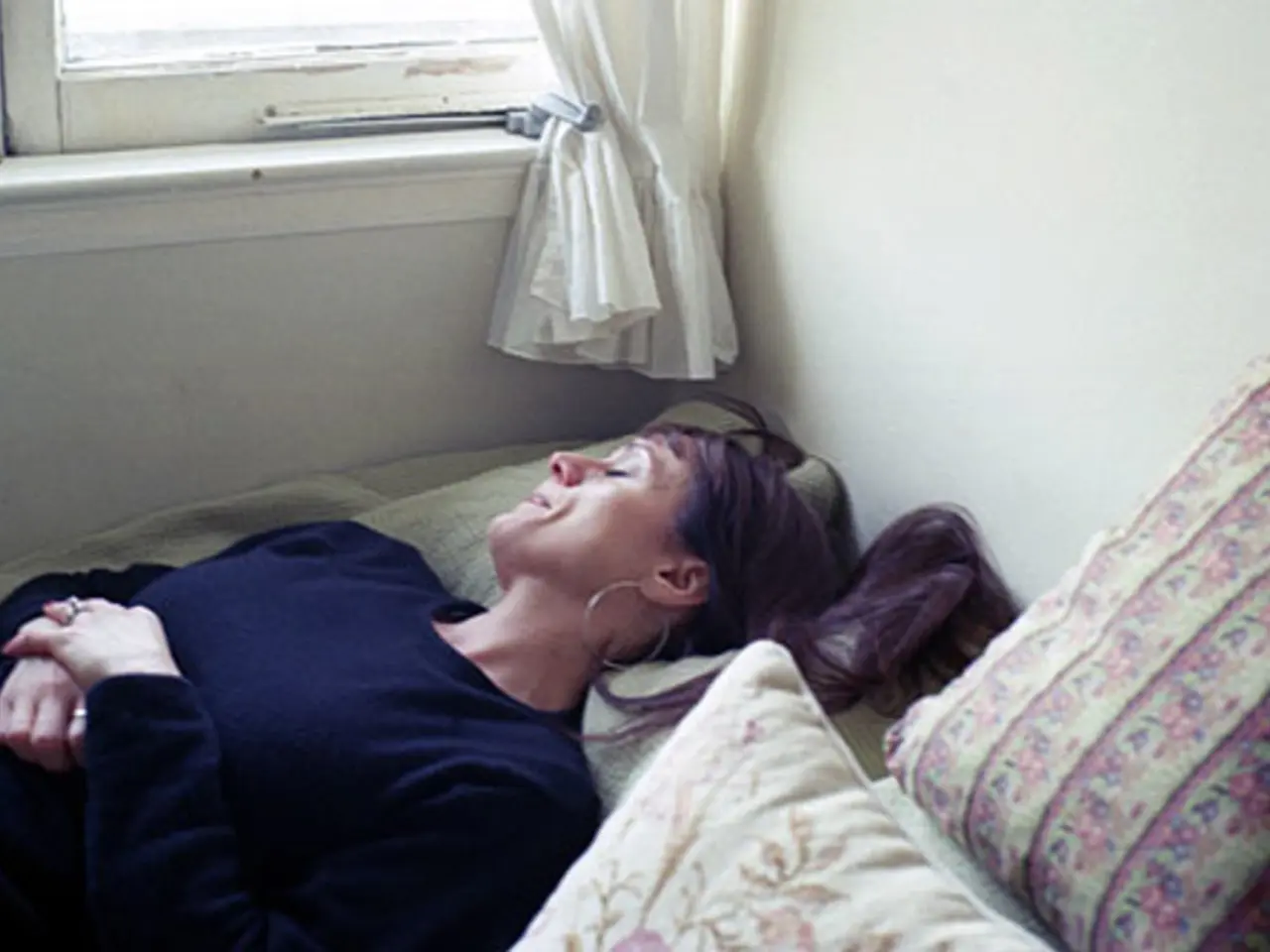Seizure Symptoms, Underlying Causes, and Prognosis
Subclinical Seizures: A Silent Electrical Storm
Have you ever blinked uncontrollably or stared into space, seemingly out of the blue? These seemingly innocuous moments might be signs of a subtle electrical storm in your brain - a subclinical seizure.
Unlike regular seizures, which often come with dramatic physical symptoms, such as convulsions or loss of consciousness, subclinical seizures are hard to detect without specialized diagnostic tools. An electroencephalogram (EEG), which measures brain activity, is the most common tool used to detect these covert seizures.
Whilst they may seem harmless, these seizures indicate atypical electrical activity in your brain and could potentially have implications for your neurological health.
Subtle Signs
Subclinical seizures usually don't present with the obvious symptoms you might associate with regular seizures. Instead, they can be ambiguous or absent, making them difficult to identify until a doctor confirms them using diagnostic tools like EEGs.
Subclinical seizures may resemble the following types of seizure activity:
- an absence seizure, more commonly known as petit mal seizure, which can happen even when someone appears to be awake and alert.
- seizures during sleep that don't involve convulsions.
- seizures in individuals with conditions that affect cognition, such as dementia, schizophrenia, severe depression, or catatonia, without any noticeable movements.
- seizure activity with minimal or no movements in unconscious individuals, such as those with encephalitis, cardiac arrest, or severe respiratory distress.
Underlying Causes
Research suggests that subclinical seizures may be more common in people who develop epilepsy at a young age [1]. Underlying conditions that disturb normal brain function could also trigger these covert seizures. For instance, a study found that subclinical seizures were linked to several health issues in infants, including acute brain injury, epilepsy, congenital brain defects, stroke, and hypoxic-ischemic encephalopathy (where the brain doesn't receive enough oxygen) [1].
Subclinical seizures can also occur in critically ill individuals, including those in intensive care units (ICUs) or comas.
Prevalence and Context
It's unclear how common subclinical seizures are in the general population. However, studies suggest they are more common in children with epilepsy, people with hard-to-manage epilepsy, and those who have frequent clinical seizures [1]. The reported prevalence statistics may vary depending on the type and length of EEG recordings used. For example, intracranial EEG recordings offer a higher sensitivity than scalp EEG recordings.
A study found that between 1 and 3.5 in every 1,000 newborns experience seizures, most of which are subclinical [1]. Another study suggested that subclinical seizure activity occurs in around 50% of people with Alzheimer's disease who have never had a clinical epileptic seizure [3].
Clinical vs. Subclinical Seizures
The main difference between clinical and subclinical seizures lies in their visible symptoms. Although confirmation is typically necessary through tests such as an EEG or MRI, clinical seizures are often easier to detect without special diagnostic tools. Both types can trigger a loss of awareness and alter sensations, with clinical seizures being more likely to present with severe convulsions. Despite the absence of convulsive symptoms, subclinical seizures are still caused by seizure activity in the brain and may require treatment to prevent potential complications.
Treatment and Outlook
The treatment for subclinical seizures depends on the underlying cause and their frequency. Anticonvulsant medications or surgery may be used [2]. However, healthcare professionals often treat subclinical seizures less aggressively than clinical seizures, with the treatment approach depending on the specific type of subclinical seizure and its outlook. In individuals with persistent subclinical seizures, continuous EEG monitoring may be necessary to evaluate treatment response and adjust medications if needed, particularly in critical care settings.
The long-term prognosis for someone with subclinical seizures may depend on their underlying condition and how quickly a healthcare professional can diagnose and treat the seizures. Subclinical seizures might persist even after clinical seizures are effectively treated. Recent research indicates that subclinical seizures could contribute to irreversible damage to a person's brain function, particularly in individuals with Alzheimer's disease [3]. Prompt management may improve outcomes.
When to Seek Medical Advice
If you have symptoms of clinical seizures, it's important to consult a doctor. However, subclinical seizures usually don't present with obvious symptoms, and people are often unaware of their occurrence. Family members, friends, or coworkers may mistake these moments for distraction or daydreaming. Individuals with conditions that affect normal brain function, such as epilepsy, Alzheimer's disease, and brain injuries, or their caregivers should communicate regularly with their healthcare team.
Sources:
- Kendick, M. L., & Celesia, G. S. (2013). Subclinical seizures in newborns. Epilepsia, 54(4), 538–544.
- Fernández-Cruz, J. J., & Pérez-Mancera, J. M. (2019). Subclinical epilepsies in adults: diagnostic approaches, management, and clinical implications. Neurología, 34(7), 517–523.
- Glann-Laporte, D., Franklin, R., Bardini, A., Hurd, Y., Markesbery, W. R., Kato, K., … & Rabins, P. V. (2020). Abnormal EEGs in community-dwelling dyads with amyloid-positive Alzheimer disease and mild cognitive impairment. Alzheimer's & Dementia, 16(11), 1244–1250.
- The electricity storm in the brain, known as subclinical seizures, can be difficult to identify due to their ambiguous nature, similar to absence seizures, seizures during sleep, seizures in individuals with conditions like dementia or schizophrenia, seizure activity in unconscious individuals, and seizures in newborns.
- Research suggests that subclinical seizures are more common in individuals who develop epilepsy at a young age, as well as in those with health issues like acute brain injury, epilepsy, congenital brain defects, stroke, and hypoxic-ischemic encephalopathy.
- Subclinical seizures may occur in critically ill individuals, including those in intensive care units or comas.
- The prevalence of subclinical seizures in the general population is unclear, but studies suggest they are more common in children with epilepsy, people with hard-to-manage epilepsy, and those who have frequent clinical seizures.
- The outlook for someone with subclinical seizures may depend on their underlying condition, with recent research indicating that subclinical seizures could contribute to irreversible damage to a person's brain function, particularly in individuals with Alzheimer's disease, making prompt management crucial for improving outcomes.




